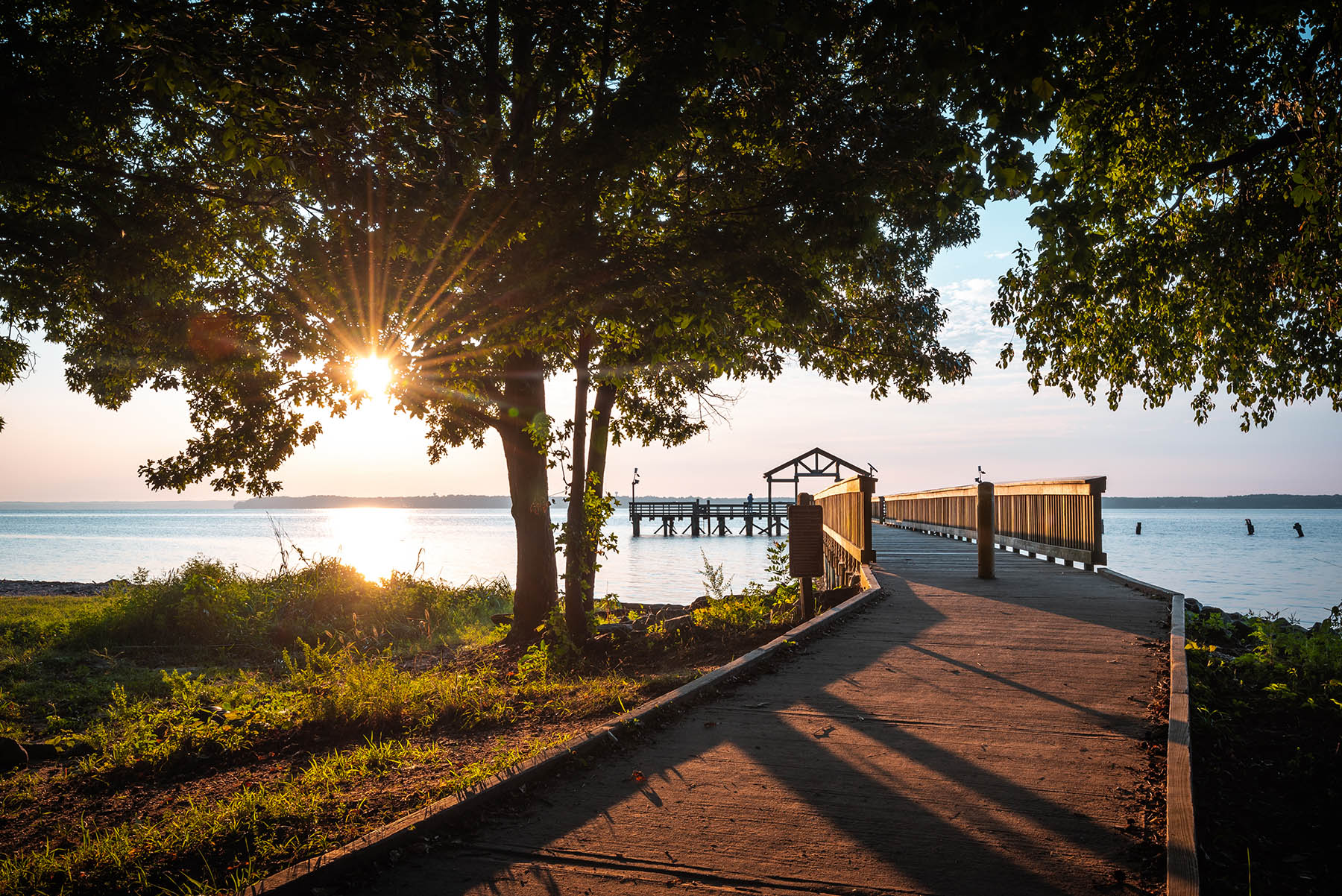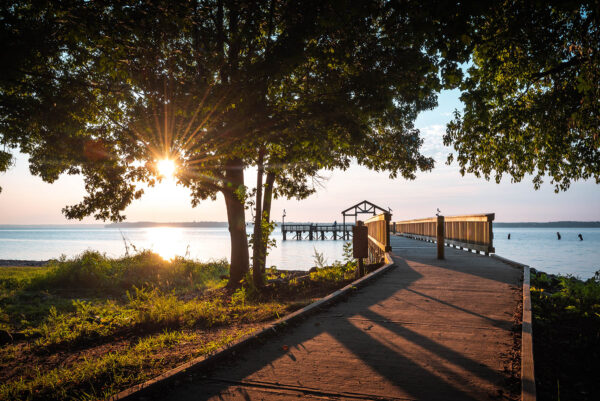Adaptive Reuse: Transforming Old Spaces into New Opportunities
The concept of adaptive reuse stands at the forefront of sustainable development and architectural innovation. By repurposing old, often abandoned buildings into useful, vibrant spaces, these projects breathe new life into communities and offer unique opportunities for investors and developers. This practice not only conserves resources and historical value but also meets contemporary needs in creative and environmentally friendly ways. The focus keyword phrase “adaptive reuse projects” is central to understanding the transformative power of these endeavors. They encapsulate the essence of sustainability in the modern age, merging the past with the present to create a sustainable future.
The Importance of Adaptive Reuse in Today’s World
In an era where sustainability and conservation are paramount, adaptive reuse projects present a pragmatic yet innovative solution to urban development challenges. These initiatives prove that existing structures can be revitalized to meet current demands without the need for new construction. By repurposing buildings with history and character, communities retain their unique identity while adapting to modern needs. This not only helps in reducing urban sprawl and conserving land but also in minimizing the carbon footprint associated with new constructions. Furthermore, adaptive reuse serves as a catalyst for economic revitalization, attracting businesses and residents to areas that were previously overlooked.
Economic and Environmental Benefits of Adaptive Reuse
Adaptive reuse projects are not just about preserving the past; they are a sound investment in the future. Economically, they often require less capital investment compared to new constructions, since the existing structures can provide a framework to build upon. This cost-effectiveness, combined with the unique character of repurposed spaces, can attract a diverse mix of tenants and businesses, driving up the value of the property and the area. Environmentally, these projects significantly reduce waste and resource consumption by repurposing existing materials and infrastructure. This approach aligns with global sustainability goals, making adaptive reuse projects highly appealing to environmentally conscious investors and developers.
Adaptive Reuse as a Community Revitalization Tool
One of the most compelling aspects of adaptive reuse is its ability to transform communities. These projects often serve as the cornerstone for neighborhood revitalization, turning abandoned or underutilized buildings into bustling community hubs. From converting old factories into residential lofts to transforming historic warehouses into retail spaces, adaptive reuse injects new energy and purpose into areas that need it the most. By preserving the architectural integrity and historical significance of buildings, these projects foster a sense of pride and continuity among community members, contributing to the overall social and economic upliftment of the area.
Challenges and Considerations in Adaptive Reuse Projects
Despite their numerous benefits, adaptive reuse projects come with their own set of challenges. Regulatory hurdles, such as zoning laws and building codes, can complicate the repurposing process. Additionally, the physical condition of older buildings may require significant upgrades to meet modern standards for safety, accessibility, and energy efficiency. These considerations require a careful balance between preserving the building’s historical essence and making it suitable for contemporary use. Successful adaptive reuse projects, therefore, demand a collaborative approach involving architects, developers, community stakeholders, and local authorities to overcome these obstacles and realize the project’s full potential.
Innovative Examples of Adaptive Reuse Around the World
Globally, adaptive reuse projects have demonstrated remarkable creativity and impact. From the High Line in New York City, an abandoned railway transformed into an elevated urban park, to The Tate Modern in London, a former power station turned into a world-renowned art gallery, these projects showcase the versatility and potential of adaptive reuse. Each project is a testament to the vision of architects and developers who see beyond the decay and disuse of old structures to envision vibrant new spaces that serve the needs and aspirations of contemporary society.
Adaptive reuse projects stand as beacons of sustainable development and architectural ingenuity, offering a path forward that honors our past while building our future. By repurposing old spaces into new opportunities, these initiatives not only conserve resources and preserve history but also stimulate economic growth and community revitalization. As the world continues to evolve, the principles underlying adaptive reuse will remain crucial in shaping a sustainable, vibrant urban landscape for generations to come.





